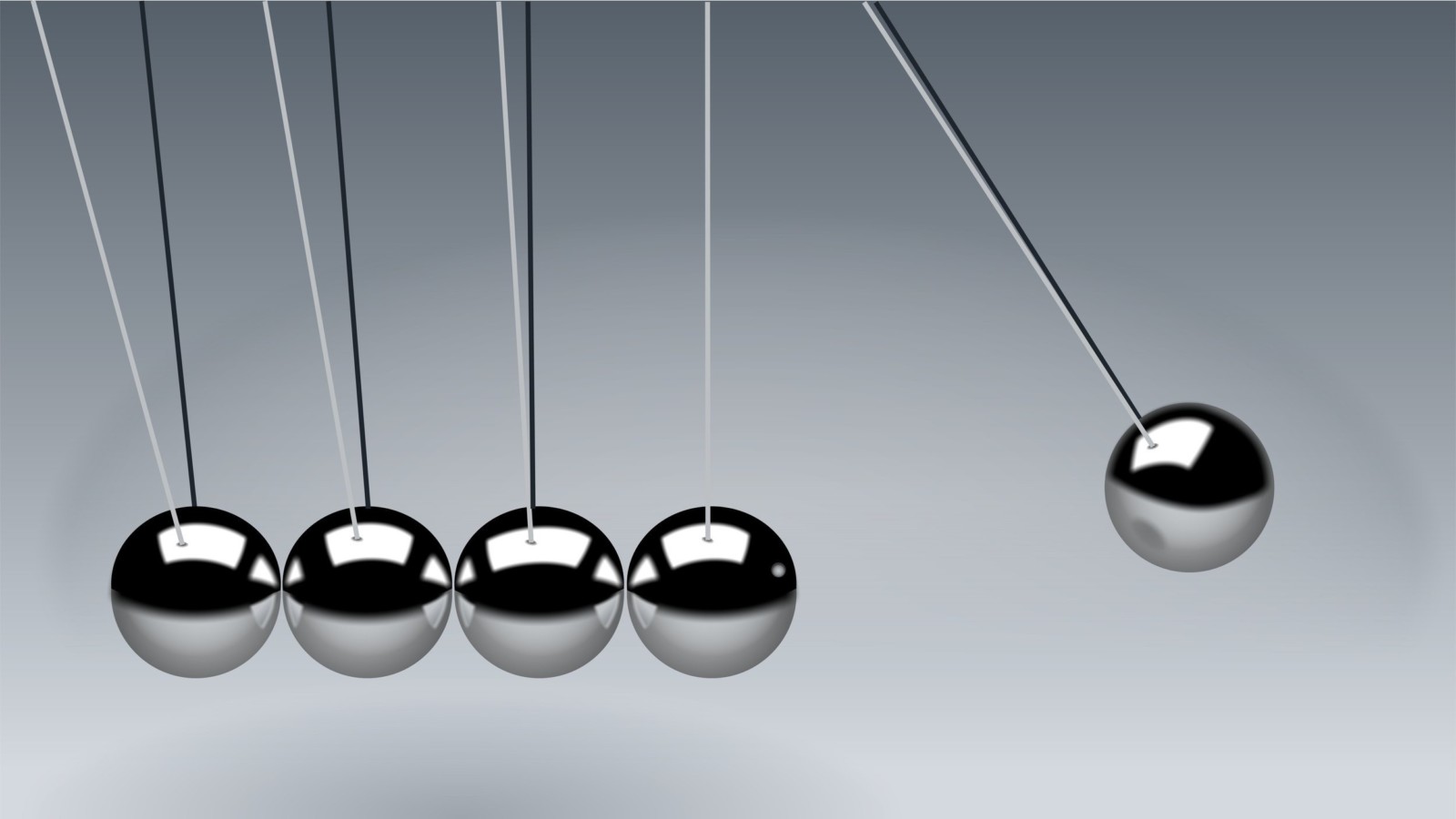There’s a question I get asked A LOT when I’m delivering workshops, or in coaching calls with my clients.
And it comes up so often, that I figured it might be a question you have as well.
But before I tell you what the question is, let me set the stage.
When I work with folks to help them implement their “single trusted system” for all their tasks, projects, to-dos and aspirations, I stress that it’s important to define the next action. The next action is simply the small, concrete, next step you’ll take to move something forward.
This is helpful for many reasons, but a chief one among them is to ward off procrastination and overwhelm. When things are vague, you tend to procrastinate, because you’re not sure where to start. Or because your mind gravitates to the specific (like that unanswered email). And when the task before you is large, you might procrastinate because you don’t have time to do it all in one sitting, so instead you make no progress at all. You’re waiting for the mythical time to arrive when you’ll suddenly have several hours, all in a row, with no interruptions, to get that big thing done.
The question I get asked is this: “Are you sure that every task has a next action?” Or sometimes people put it like this: “Lots of stuff on my list doesn’t have a next action”. Or “For so much of my stuff, I’m waiting for someone else so I don’t have a next step”.
And what do I say to this?
Everything, and, yes, I mean EVERYTHING has a next action.
Skeptical? Let’s get practical:
What if you’re waiting for someone else?
If you’re “waiting” then your next action is to follow up. Maybe the person will get back to you before you need to follow up, and that would be fantastic. But it doesn’t change the fact that YOUR next action is to follow up. Now, if they get back to you before you need to follow up, well, then you just change the next action to whatever comes after that. No harm, no foul. The difference between waiting and following up is action; and to get things done you want to bias towards action. You have agency. Use it.
What if you’re not sure what the next action is?
Well, if you’re not (yet) sure of the next action, then it’s “google it” or “schedule time to brainstorm the next action” or “ask someone who’s done this before”.
What if you have a next action, but you still keep procrastinating?
In this case, it’s very likely that your next action isn’t small enough yet, or not clear enough. You want a next action so concrete, so small, so crystal clear, that when it pops up on your task list, you can’t convince yourself NOT to do it.
If your next action is too big to fit in an available slot on your calendar, then break it down further.
If your next action contains the words “figure out”, then it’s too vague. Get more specific.
What if you’re not sure WHEN you’ll need to or want to do something?
If you’re not sure when, or even if, you’ll do something, then your next action is “decide if I want to do this thing this week/month/year”.
When that task pops up and you do want to do it, then commit and define the following next action and select a next action date to make it happen. If you’re not ready to commit, then push the date to the next week/month/year and leave the next action as is.


